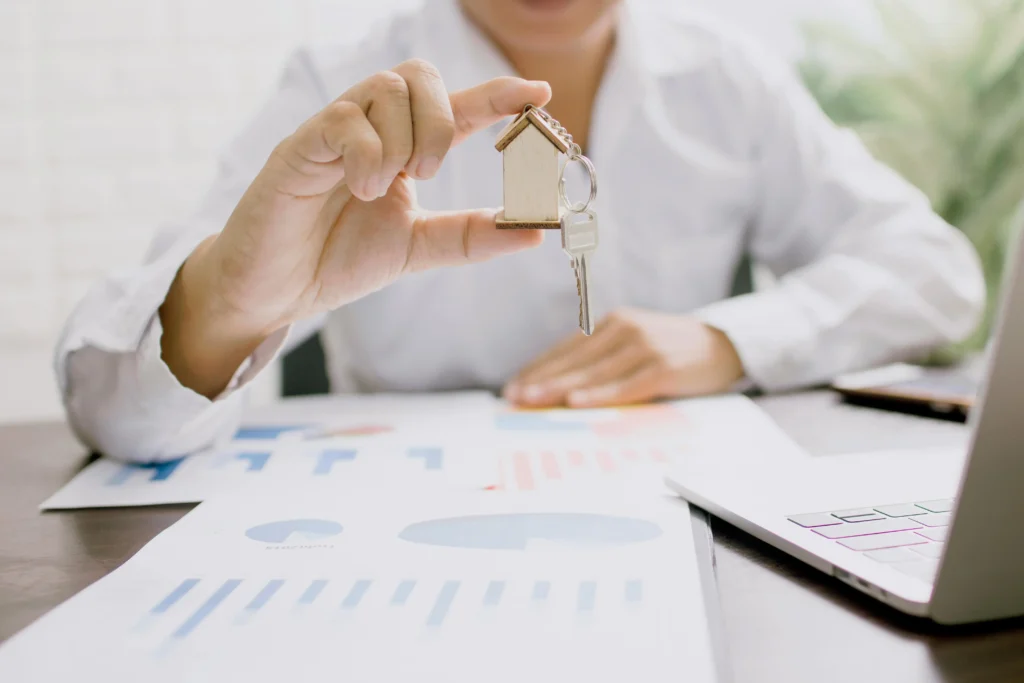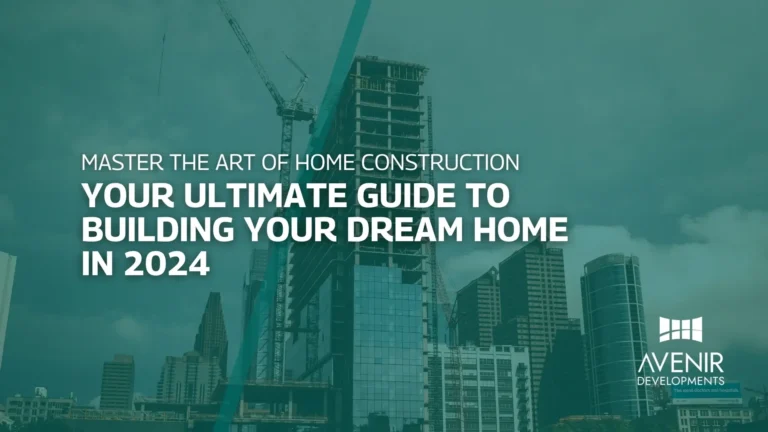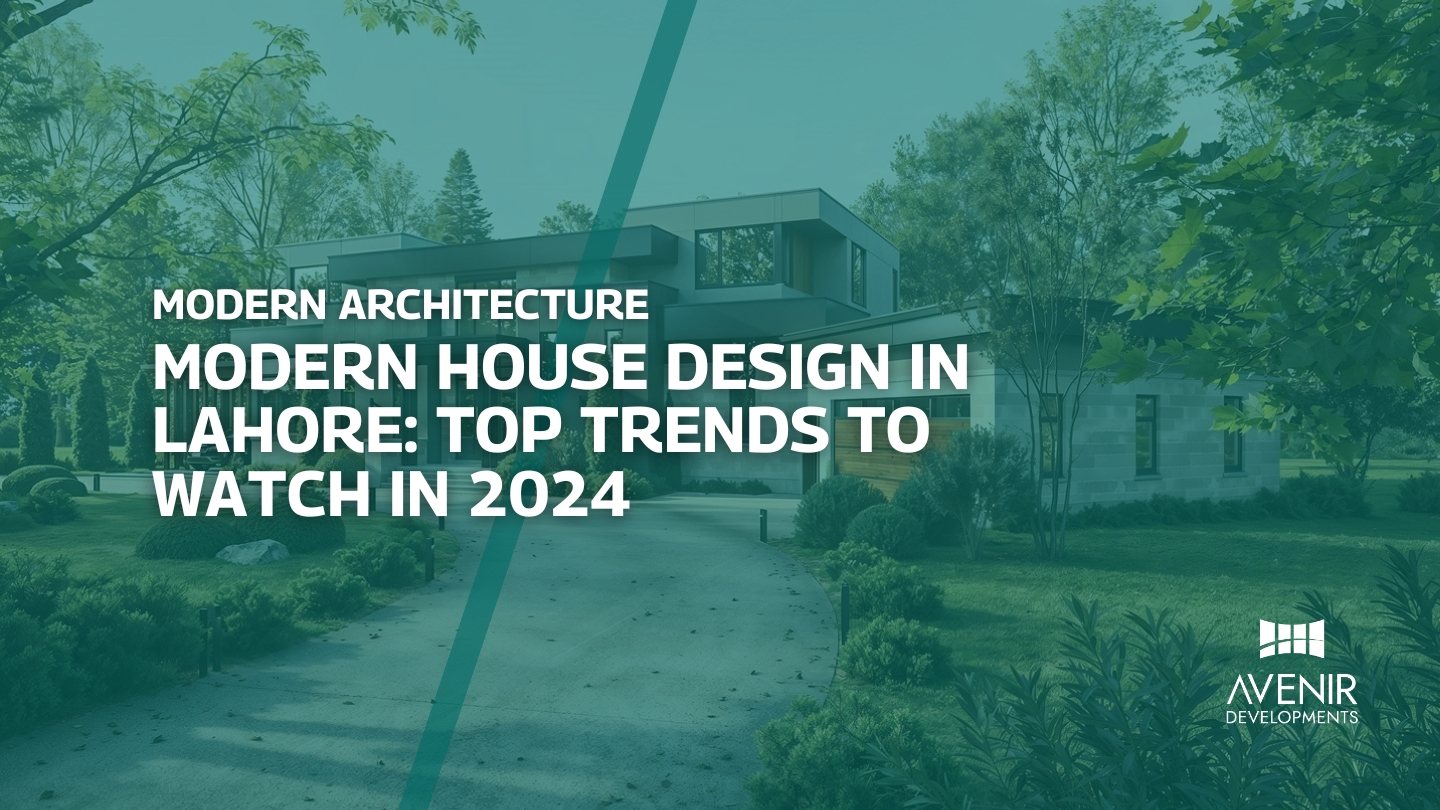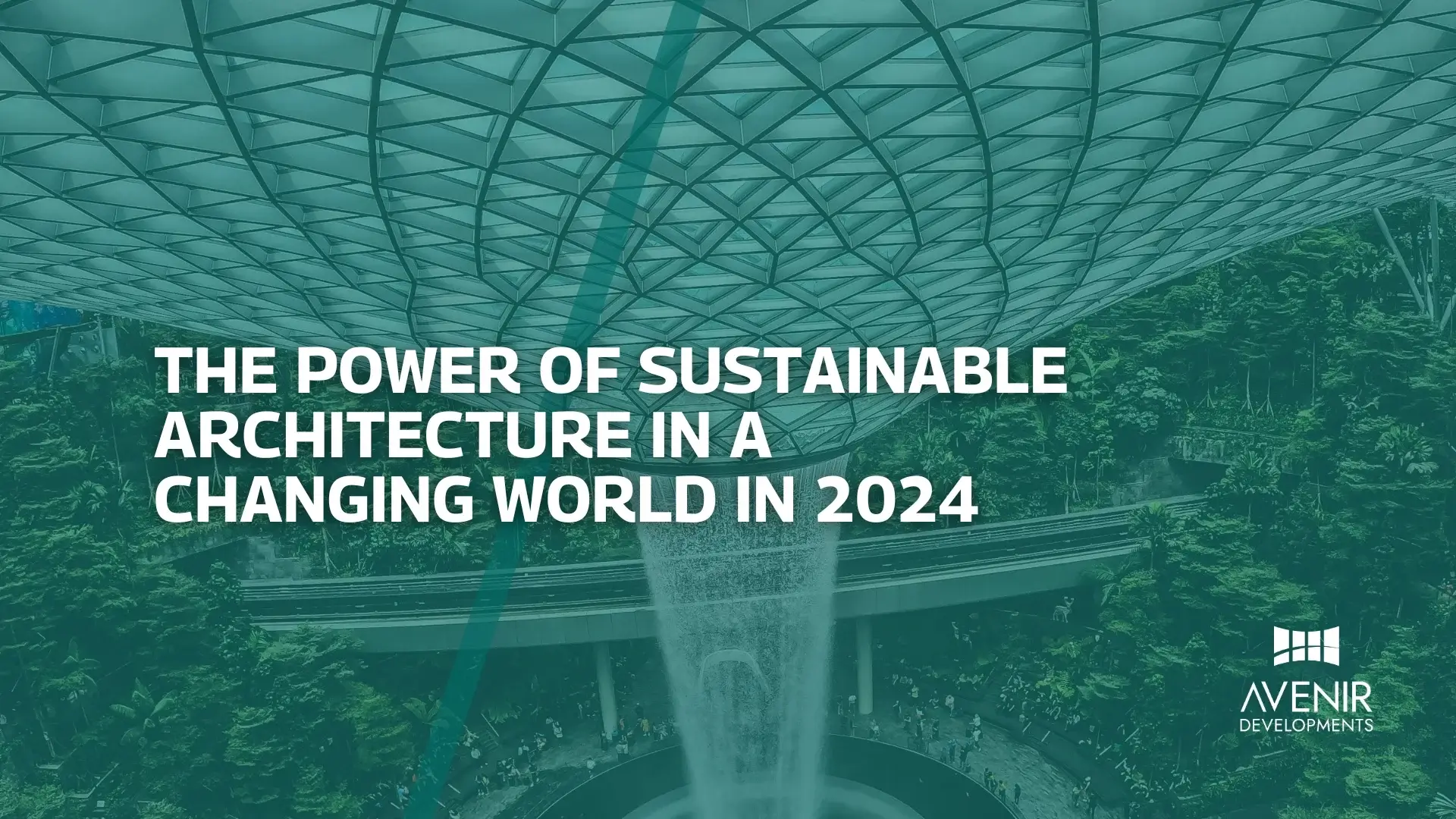Building a custom home is an exhilarating journey. However, navigating the complexities of home construction can be daunting without proper guidance.
In this comprehensive guide, I’ll share my expertise as an experienced architect, interior designer, and custom home builder to help you embark on a successful home construction journey. From understanding the fundamental steps to making informed decisions, I’ll provide you with invaluable insights to turn your dream home into a reality.

Understanding the Home Construction Process
Home construction is a multi-faceted process that involves careful planning, design, and execution. To ensure a smooth and successful journey, it’s essential to have a solid understanding of the key stages involved.
Defining Your Vision
The first step in building your dream home is to envision the perfect living space. Consider your lifestyle, family needs, and aesthetic preferences to create a clear and inspiring vision. This will serve as your guiding light throughout the construction process.
Choosing the Right Location
Selecting the ideal location is crucial for your home’s overall value and livability. Consider factors such as proximity to amenities, schools, transportation, and natural surroundings. Research different neighborhoods and consult with real estate professionals to find the perfect spot.
Hiring a Qualified Team
Assembling a skilled team of professionals is essential for a successful home construction project. Collaborate with experienced architects, interior designers, and contractors who share your vision and have a proven track record of delivering high-quality work.
Obtaining Necessary Permits and Approvals
Navigating the regulatory landscape can be complex. Ensure you obtain all required permits and approvals from local authorities to avoid delays and legal complications.
Creating a Detailed Budget
Develop a realistic budget that covers all aspects of the construction process, including land costs, design fees, materials, labor, and potential contingencies. Regular monitoring and adjustments will help you stay within your financial limits.
Navigating the Design Phase
The design phase is where your vision takes shape. Collaborate closely with your architect and interior designer to create a functional and aesthetically pleasing home.
Architectural Styles and Design Elements
Explore various architectural styles and design elements that resonate with your personal preferences. Consider factors such as layout, materials, and sustainability to create a home that reflects your unique taste.
Incorporating Smart Home Technology
Embrace the convenience and efficiency of smart home technology. Integrate features like automated lighting, climate control, and security systems to enhance your living experience.
Prioritizing Energy Efficiency
Building an energy-efficient home not only benefits the environment but also reduces your long-term utility costs. Consider sustainable materials, renewable energy sources, and efficient appliances to create a greener living space.
The Home Construction Process
The construction phase is where your dream home takes shape. Careful planning and oversight are crucial to ensure a smooth and timely completion.
Foundation and Structural Work
A solid foundation is the cornerstone of any building. Ensure that the foundation is built according to engineering standards and can withstand local weather conditions.
Framing and Roofing
The framing provides the structure for your home, while the roofing protects it from the elements. Choose durable materials and ensure proper installation to ensure longevity and safety.
Plumbing and Electrical Systems
A well-planned plumbing and electrical system is essential for a comfortable and functional home. Consult with qualified professionals to ensure efficient and code-compliant installation.
Interior and Exterior Finishes
Select finishes that align with your design vision and complement your home’s overall aesthetic. Consider factors such as flooring, cabinetry, countertops, and exterior cladding.
Landscaping and Exterior Design
Your home’s exterior plays a significant role in its overall appeal. Plan your landscaping to create a harmonious and inviting outdoor space.
Landscaping Design
Consider the style and layout of your home when designing your landscaping. Choose plants, trees, and hardscape elements that complement your property’s architecture and natural surroundings.
Outdoor Living Spaces
Create inviting outdoor living areas, such as patios, decks, or courtyards, to enjoy the beauty of nature and entertain guests.
Post-Construction Considerations
Once your home is complete, there are several important steps to ensure a smooth transition and long-lasting enjoyment.
Final Inspections and Walk-Throughs
Conduct thorough inspections to verify that the construction meets all building codes and quality standards. Address any issues or defects promptly.
Moving In and Settling In
Plan your move-in day carefully and ensure a smooth transition into your new home. Organize your belongings, unpack efficiently, and create a welcoming atmosphere.
Home Maintenance and Upkeep
Regular maintenance is essential for preserving your home’s value and functionality. Develop a maintenance schedule to address routine tasks like cleaning gutters, inspecting plumbing, and servicing HVAC systems.
Building your dream home is a rewarding journey that requires careful planning, informed decisions, and expert guidance. By following the steps outlined in this comprehensive guide, you can navigate the construction process with confidence and create a living space that exceeds your expectations.
Remember, the key to success lies in understanding your vision, assembling a qualified team, and maintaining open communication throughout the project. With dedication and perseverance, you can turn your dream home into a reality that will bring you joy and satisfaction for years to come.
Common Home Construction Mistakes to Avoid
While home construction can be an exciting and rewarding experience, it’s important to be aware of common mistakes that can lead to delays, cost overruns, or quality issues. By understanding these pitfalls, you can take proactive steps to avoid them and ensure a smooth construction process.
1. Underestimating Costs
One of the most common mistakes is underestimating the total cost of home construction. Be sure to factor in hidden expenses such as permits, inspections, unexpected changes, and contingency funds.
2. Rushing the Design Process
Avoid rushing the design phase. Take the time to carefully consider your needs, preferences, and lifestyle to create a home that truly reflects your vision.
3. Cutting Corners on Materials
Using low-quality materials can compromise the durability and longevity of your home. Invest in high-quality materials to ensure long-lasting value and reduce the need for costly repairs.
4. Overlooking Energy Efficiency
Neglecting energy efficiency can lead to higher utility bills and increased environmental impact. Incorporate sustainable features and energy-efficient appliances to reduce your carbon footprint and save money in the long run.
5. Lack of Communication
Effective communication is crucial for a successful home construction project. Maintain open lines of communication with your builder, architect, and other team members to address any concerns or issues promptly.
6. Ignoring Local Building Codes
Failing to comply with local building codes can result in delays, fines, and even the need to redo portions of your home. Stay informed about local regulations and ensure that your construction adheres to all requirements.
Financing Your Dream Home
Securing the necessary financing is a critical step in building your dream home. Explore various options and choose the one that best suits your financial situation.
1. Mortgage Options
Consider different mortgage types, such as fixed-rate or adjustable-rate, to find the most suitable option for your needs and budget.
2. Down Payment Requirements
Gather the required down payment to secure a mortgage. Research different lenders to compare interest rates and terms.
3. Credit Score Importance
A good credit score can help you secure favorable mortgage terms with lower interest rates. Take steps to improve your credit if necessary.
Home Insurance Considerations
Protecting your new home with comprehensive insurance is essential. Consider various coverage options to ensure adequate protection against potential risks.
1. Homeowner’s Insurance
Choose a policy that covers the structure of your home, personal belongings, and liability.
2. Additional Coverages
Explore additional coverage options such as flood insurance, earthquake insurance, or umbrella insurance to protect against specific risks in your area.
Building a Sustainable Home
Incorporating sustainable features into your home construction can benefit both the environment and your wallet.
1. Renewable Energy Sources
Consider installing solar panels, wind turbines, or other renewable energy sources to reduce your reliance on traditional energy sources.
2. Water Conservation
Implement water-saving measures such as low-flow fixtures, rainwater harvesting systems, and efficient landscaping to conserve water.
3. Sustainable Materials
Choose eco-friendly building materials that have a lower environmental impact and contribute to a healthier living space.
Home Construction Tips for Different Climates
Building a home in different climates requires specific considerations to ensure comfort, durability, and energy efficiency.
1. Hot Climates
Prioritize insulation, ventilation, and shading to keep your home cool and comfortable during hot weather. Consider using natural materials that can help regulate indoor temperatures.
2. Cold Climates
Ensure adequate insulation, heating systems, and weatherproofing to protect your home from harsh winter conditions. Choose materials that can withstand freezing temperatures and snow.
3. Coastal Areas
Build your home on higher ground to avoid flooding risks. Consider using hurricane-resistant materials and design features to protect your property from storms.
FAQs About Home Construction
Q: How long does it typically take to build a custom home?
A: The construction timeline can vary depending on factors such as size, complexity, and local building regulations. Generally, it can take anywhere from 6 months to a year or more.
Q: What is the average cost of building a custom home?
A: The cost of building a custom home can vary significantly based on location, materials, size, and finishes. It’s essential to create a detailed budget and factor in potential contingencies.
Q: Can I build a custom home on a smaller budget?
A: Yes, it’s possible to build a custom home on a smaller budget. Consider prioritizing essential features, using cost-effective materials, and negotiating with contractors to find ways to save money.
Q: What are the benefits of building a custom home?
A: Building a custom home allows you to create a space that perfectly suits your lifestyle and preferences. You have complete control over the design, layout, and features, ensuring a personalized living environment.
Q: How can I ensure the quality of workmanship during the construction process?
A: Regular inspections, communication with your builder, and hiring qualified professionals can help you maintain quality control throughout the construction process.
Building your dream home is a rewarding journey that requires careful planning, informed decisions, and expert guidance. By following the tips and insights provided in this comprehensive guide, you can navigate the construction process with confidence and create a living space that exceeds your expectations.
Remember, the key to success lies in understanding your vision, assembling a qualified team, and maintaining open communication throughout the project. With dedication and perseverance, you can turn your dream home into a reality that will bring you joy and satisfaction for years to come.
Additional Considerations for Home Construction in Pakistan
When building a home in Pakistan, there are specific factors to consider to ensure compliance with local regulations and cultural preferences.
Building Codes and Regulations
Familiarize yourself with the building codes and regulations in Pakistan to avoid legal issues and potential delays. Consult with local authorities for guidance and to obtain necessary permits.
Climate Considerations
Pakistan experiences a range of climates, from hot and dry in the south to cold and mountainous in the north. Consider the specific climate in your chosen location and design your home accordingly to ensure comfort and energy efficiency.
Cultural Preferences
Incorporate cultural preferences and traditions into your home design to create a living space that reflects your heritage and values. Consider factors such as layout, materials, and decorative elements.
Local Materials and Craftsmanship
Explore the use of local materials and traditional craftsmanship to support the local economy and add a unique character to your home.
Financing Options for Home Construction in Pakistan
Securing financing for your home construction project in Pakistan can be challenging. Explore various options to find the most suitable solution for your needs.
Bank Loans
Consider obtaining a home construction loan from a local bank. Provide necessary documentation and meet the bank’s criteria to secure financing.
Housing Finance Companies
Explore housing finance companies that specialize in providing loans for home construction projects. Compare interest rates and terms to find the best option.
Government Subsidies and Programs
Research government subsidies or programs that may be available to assist with home construction costs, especially for low-income individuals or families.
Home Insurance in Pakistan
Protect your new home with comprehensive insurance coverage. Consider factors such as location, construction materials, and potential risks when selecting a policy.
Homeowner’s Insurance
Obtain homeowner’s insurance that covers the structure of your home, personal belongings, and liability.
Additional Coverages
Explore additional coverage options such as flood insurance, earthquake insurance, or fire insurance to protect against specific risks in Pakistan.
Building a Sustainable Home in Pakistan
Incorporate sustainable practices into your home construction project to reduce your environmental impact and save on long-term costs.
Solar Energy
Harness solar energy to generate electricity for your home and reduce your reliance on the grid.
Water Conservation
Implement water-saving measures such as rainwater harvesting, efficient irrigation systems, and low-flow fixtures.
Waste Management
Reduce waste generation by using recycled materials and proper waste disposal practices.
Home Construction Project Management
Effective project management is essential for a successful home construction project.
Create a Project Timeline
Develop a detailed timeline that outlines the key stages of the construction process.
Assign Responsibilities
Clearly define roles and responsibilities among the project team members.
Monitor Progress
Regularly monitor the progress of the project and address any issues or delays promptly.
Home Construction Trends in Pakistan
Stay updated on the latest trends in home construction in Pakistan to incorporate modern design elements and technologies into your project.
Minimalist Design
Embrace clean lines, open spaces, and a focus on functionality.
Smart Home Technology
Integrate smart home features for enhanced convenience and efficiency.
Sustainable Building Practices
Prioritize sustainable materials, energy-efficient systems, and eco-friendly design.
Building a home in Pakistan offers a unique opportunity to create a living space that reflects your personal style and cultural heritage. By carefully planning, considering local factors, and following best practices, you can successfully navigate the home construction process and build your dream home.
Remember, the key to success lies in understanding your vision, assembling a qualified team, and maintaining open communication throughout the project. With dedication and perseverance, you can create a home that brings you joy and satisfaction for years to come.
Additional Tips for Home Construction in Pakistan
- Consider local building materials: Explore traditional materials like mudbrick, stone, or wood to add a unique character to your home.
- Research local artisans: Collaborate with skilled local artisans to incorporate traditional craftsmanship into your home design.
- Prepare for potential challenges: Be prepared for potential challenges such as power outages, water shortages, or construction delays.
- Consider cultural sensitivities: Respect local customs and traditions when designing and building your home.
- Enjoy the process: Building a home can be a rewarding experience. Take the time to appreciate the journey and enjoy the process.
By following these additional tips, you can further enhance your home construction project in Pakistan and create a truly exceptional living space.
Remember, Avenir Developments is here to guide you every step of the way. Our team of experienced professionals can provide expert advice, design services, and project management to ensure a successful and enjoyable home construction experience.
Contact us today to start planning your dream home.
Ready to embark on your dream home construction journey in Pakistan? Contact Avenir Developments today for expert guidance and personalized services. Our team of experienced architects, interior designers, and custom home builders will help you transform your vision into a reality.
WhatsApp or Call +923001101103 to schedule a consultation and start planning your dream home.
Read More: Modular Construction: The Future of Sustainable and Efficient Building in 2024






